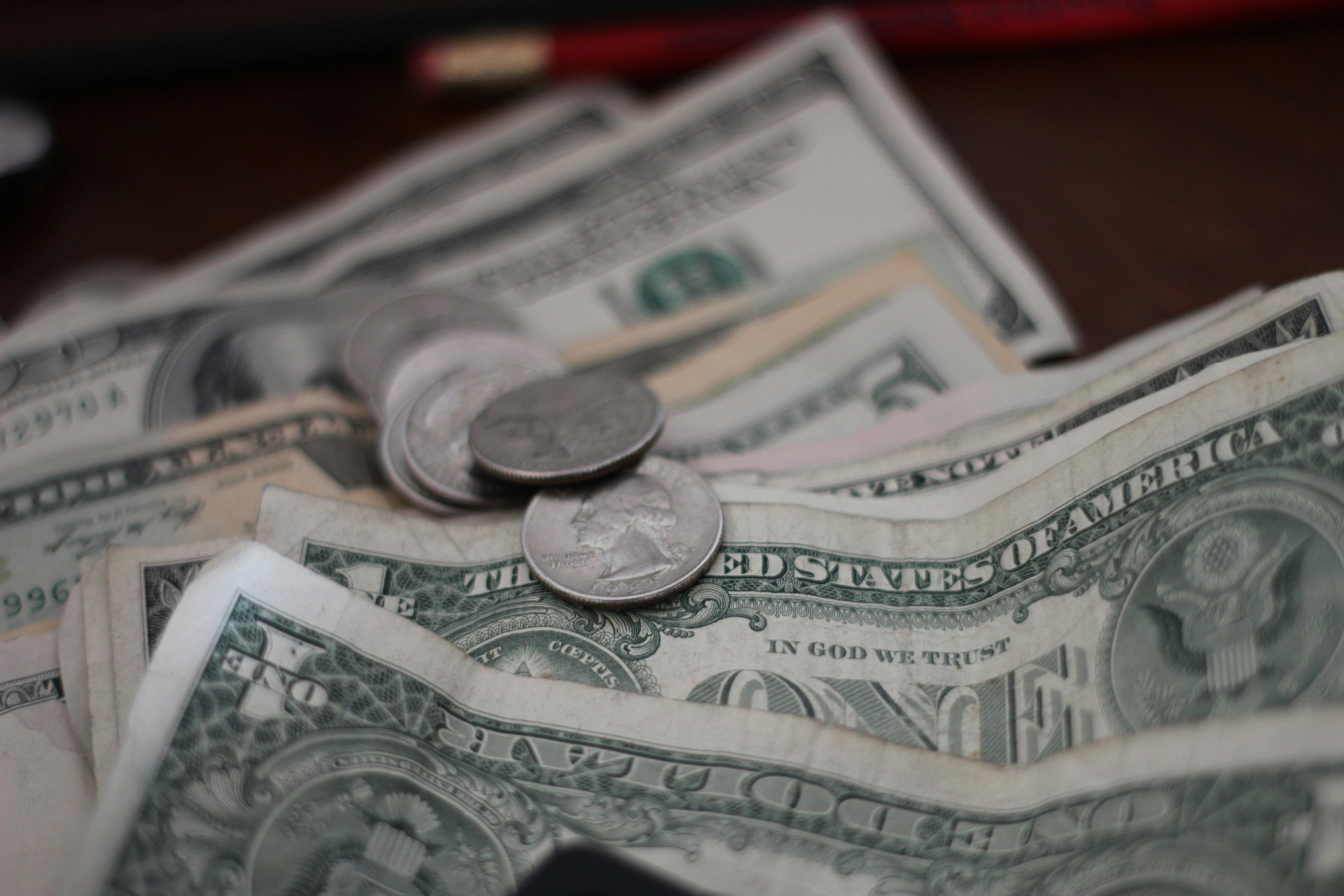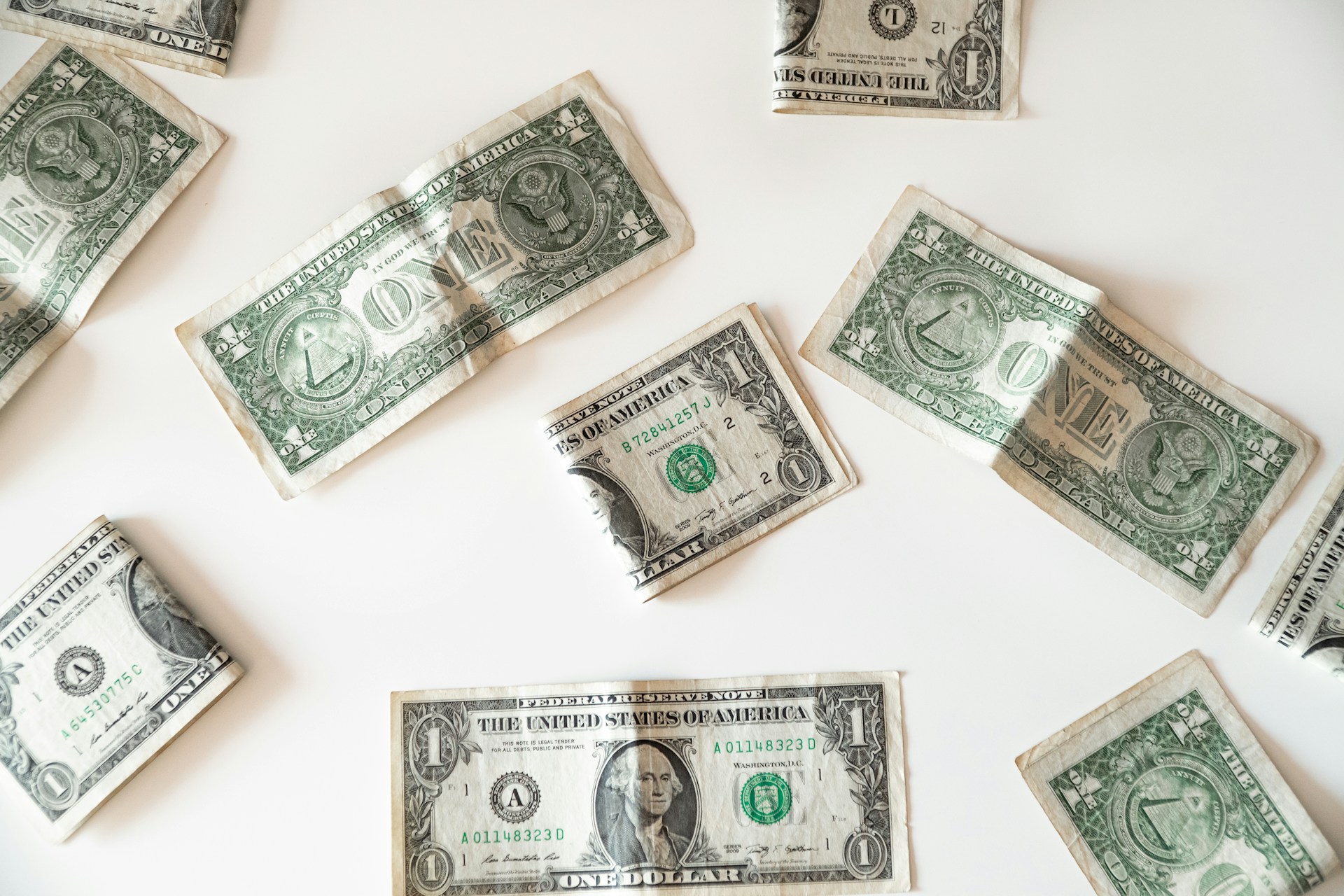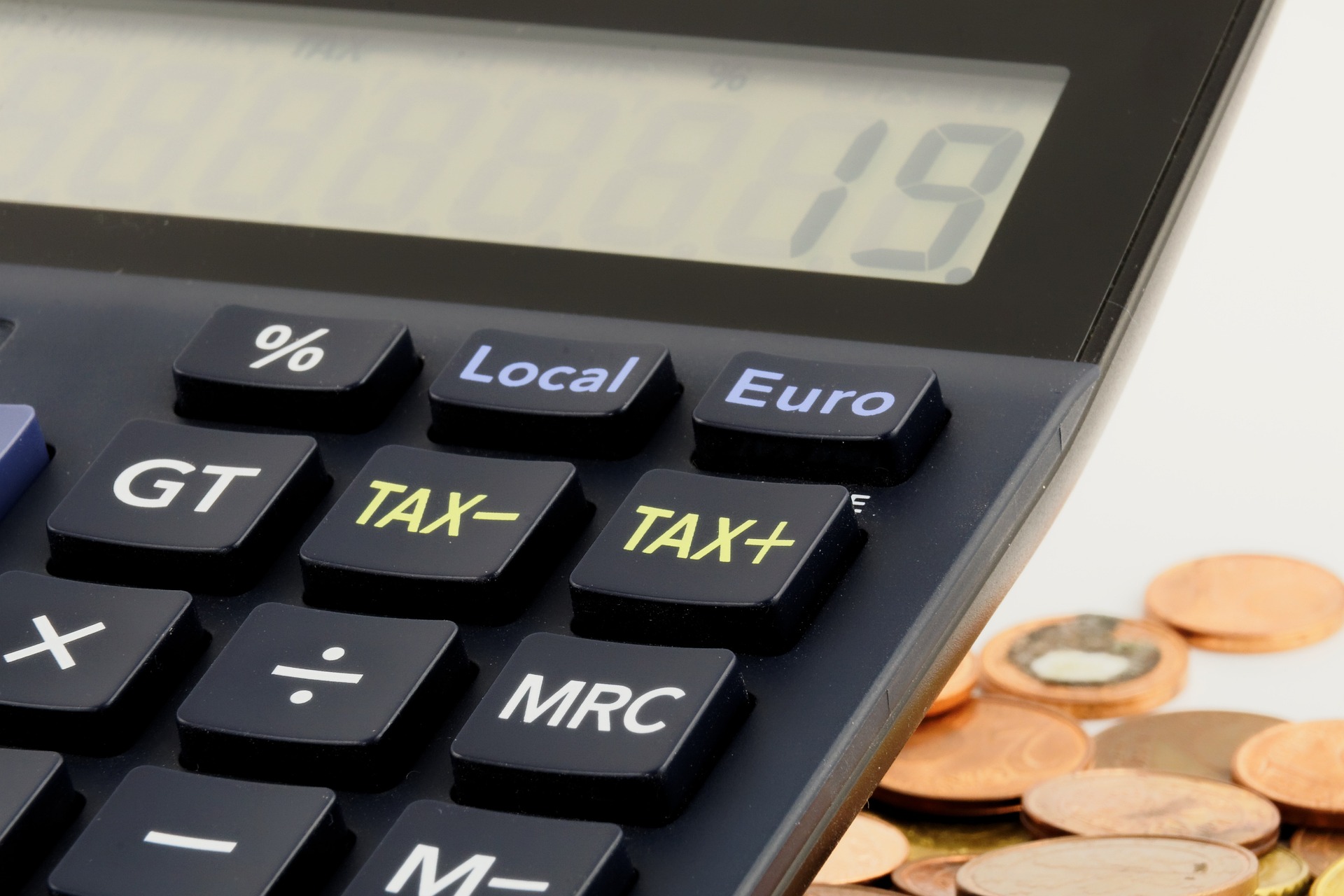
Envía dinero a casa
Tu primer envío es gratis y llega en segundos
Many currencies worldwide have no physical backing in precious metals, such as silver or gold, since their value is based on acceptance and trust by those who use it on a daily basis, including the coins and notes used in everyday transactions.
This is something that many people don't know, despite the fact that fiat currency helps to simplify any type of payment, because these will not require the exchange of goods in physical form, encouraging trade by legal and physical persons.
What is a fiat currency?
A fiat currency is one that is used in everyday monetary transactions. due to the trust of payment on the part of the institution that issues it. Since it does not have its own security, its issuer has to settle with valuable assets to back it up. The term trustee comes from the Latin fiduciary, of trust (trust), and also of the word fides (faith).
Currently, the money we use every day is not backed by metals such as silver or gold, because central banks will not exchange their coins and notes for their equivalent in silver or gold, but for other monetary pieces of similar value.
The use of a fiat currency is established on a basis of trust product of the security of the value for the currency, which will be provided by the central bank over time.
This is intended to ensure constant stability for the prices of goods and services that are traded in the country where the fiat currency is legal tender.
The power to issue fiat currency rests exclusively with central banks and authorities those who are responsible for the subject, so they have the power to control the amount of money that circulates within the economic system and to control any economic phenomenon such as inflation.
History of Fiat Currency
The use of currency to carry out transactions began in the eleventh century in China, as a result of the expansion of the Ming and Yuan dynasties, who were responsible for inventing paper and issuing the first legally certified banknotes, only that at that time their value was equivalent to a certain amount of gold that is deposited in the bank. This is what has been known as the gold standard.
Starting in 1971 The use of fiat currency without backing with precious metals begins, since the administration of the then President of the United States, Richard Nixon, he ended the gold standard system to support the US dollar with this type of element, thanks to the provisions of the Bretton Woods agreements.
In this way, the process of fluctuating the value of currencies began, so that their exchange rate between them will vary according to the value that each of these presents at a given time.
At present lFiat currency has a certain value, based on its declaration as money by the state, consolidating its use for credit applications, as well as for it to be accepted when acquiring any type of asset.
Example of fiat currency
The best example of fiat currency is the United States dollar, which is a currency that has a very high value, besides being accepted worldwide. Other examples of highly relevant fiat currencies are the Euro, the British Pound, the Swiss Franc, the Australian Dollar and the Canadian Dollar.
What is the fiat currency regulatory fund and when was it created?
The Trust Currency Regulatory Fund was created in Mexico by decree of April 5, 1916 with the purpose of stabilizing the value of Mexican fiat currency, one of the purposes of the constitutionalist government at the time, trying to maintain the assets with which it guaranteed to have the metallic guarantee of this currency.
The initial balance of the fund was 50 million pesos, and its administration was left in charge of the Monetary Commission, institution that assumed several of the powers held by the Exchange and Currency Commission of 1905.
Advantages and disadvantages of fiat currency
Next, we'll learn about the advantages and disadvantages of fiat currency:
Advantages of fiat currency
- They have no intrinsic value, since they are not backed by any raw material.
- By not having any backup in raw materials, monetary scarcity is avoided, since the State maintains control of the money supply.
- La fiat currency favors economic recovery, because the State can control variables such as liquidity, interest rate and exchange rate.
- The use of a fiat currency can safeguard the national economy from any financial disaster generated by business activity in the country.
- In the face of any adverse economic circumstance, a new fiat currency can be printed, as part of a rigorous control process.
Disadvantages of fiat currency
- It can trigger a hyperinflationary process, which is very difficult to get out of.
- Its value is linked to the political stability of the current government.
- With a greater availability of circulating currency, the money that is in the hands of consumers has less value.
In short, a fiat currency is the one used in each of the transactions we make, and its validity is accompanied by the support granted by its issuing institution, which is generally a central bank or, as is the case with the United States dollar, which is issued by the Federal Reserve.
Fiat currency is not backed by precious metals and its value fluctuates constantly according to supply and demand in the market.












